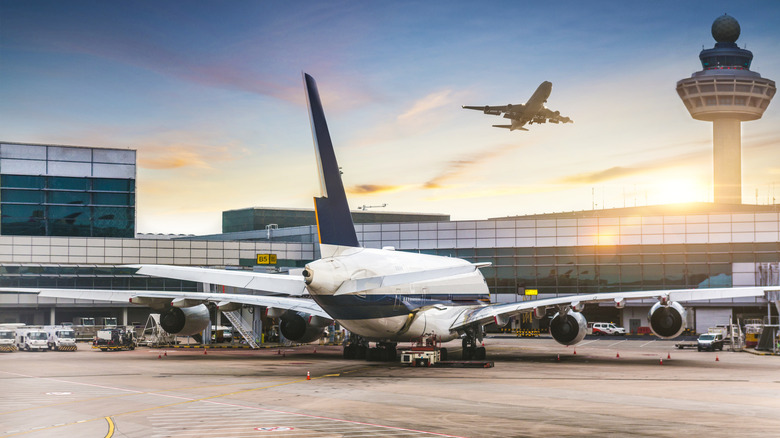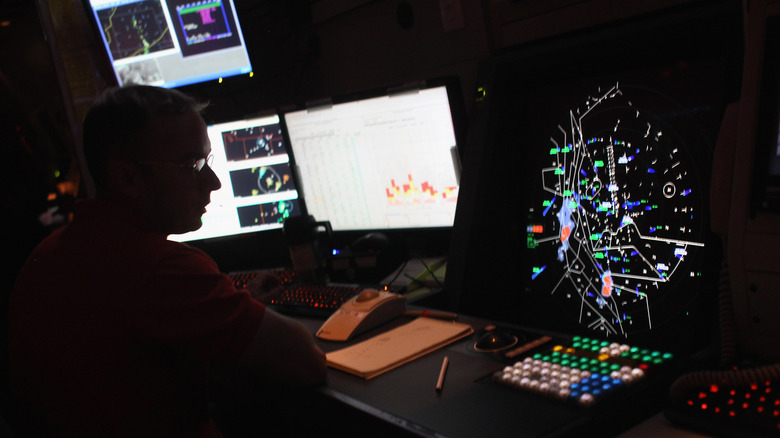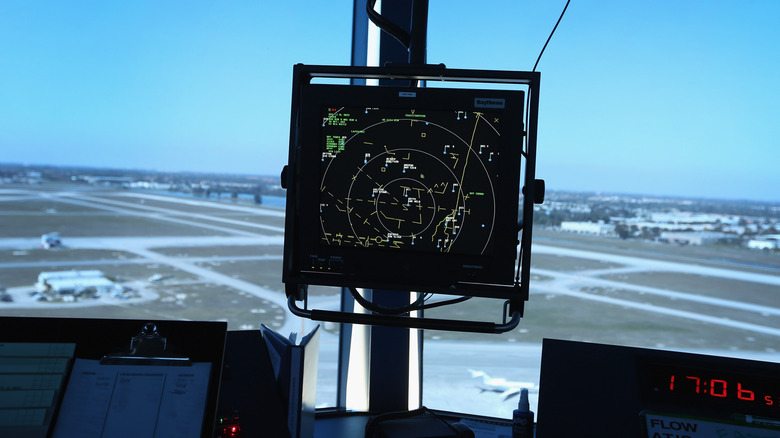Quick: When’s the last time you thought about Windows 95? Your answer was probably “Somewhere around 1995” or “I wasn’t born yet,” depending. Unless, that is, you’re responsible for keeping airplanes full of passengers from crashing into one another, in which case you might have used Windows 95 just today. Possibly while transferring data from one computer to another on a floppy disk. (For that second group of you: Floppy disks were these little cartridges that could store a few megabytes of information…)
Yes, America’s air traffic control network runs on decades-old technology. In some towers, they even still use paper-slip printouts to give updates. That’s absurd for a task as important as keeping planes safe, and now, per NPR, acting FAA administrator Chris Rocheleau is telling Congress that he wants to “replace the whole system,” calling out the aging Windows operating system and old-school disks in particular. Given the avalanche of problems that ATC is facing across the country, it seems like an essential upgrade.
It’s more difficult than just downloading an update
Despite its clear importance, bringing the entire ATC network up to modern technology is going to be a massive project. For one thing, it’s going to be very expensive — some estimates have it at as much as $31 billion. Transportation Secretary Sean Duffy is asking for only $20 billion, and the Trump budget currently winding its way through Congress, the so-called Big Beautiful Bill, only allocates $12 billion. At a minimum, it seems dubious that the project will get the funding it really needs.
There’s a thornier issue, too. When you update your computer or phone, it becomes unusable for the short while it’s doing so. That’s not an option for ATC, which has to be running 24/7 with no loss of coverage. So the actual transition from the old system to the new system would have to be instantaneous, a true feat of logistics.
Then there’s the question of what, exactly, to update. One argument is that America doesn’t actually need as many ATC towers as it has now, because the current number of facilities was built decades ago, when technology was different. Perhaps in the modern day, therefore, we could actually close down some now-unnecessary towers. Whether or not to do that, and which specific towers to shut down if we do, will be a massive political struggle of its own.
Archaic has its advantages
The other major consideration is guarding against the possibility of a cyberattack. ATC is one of those things that just has to work, perfectly, all the time. So if a bad actor, whether an enemy nation or a kid in a basement, were to find and exploit a vulnerability in the new system, they could cause chaos or, worse, deliberately cause accidents. If the upgraded network isn’t safe, then it wasn’t really an upgrade, was it?
Ironically, the current system is secure from this because of its very age. If you’re transferring data physically via floppy disk, there’s nothing to hack remotely. So while it’s inefficient, cumbersome, and slow, at least it’s safe.
Except, of course, it isn’t, as the recent spate of air accidents tragically makes clear. While the difficulties are real, the problems of letting a rusting system rust further are starting to press the issue. The acting FAA administrator wants to get it done. We’ll see if he can.





